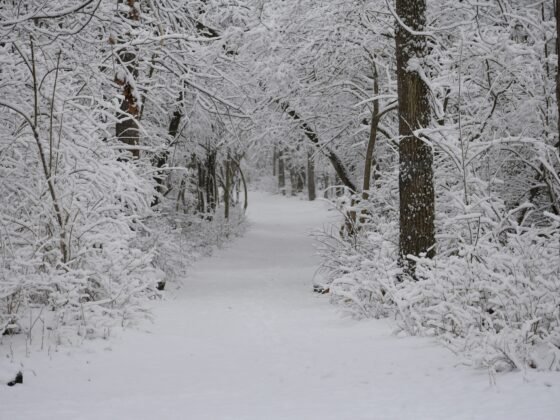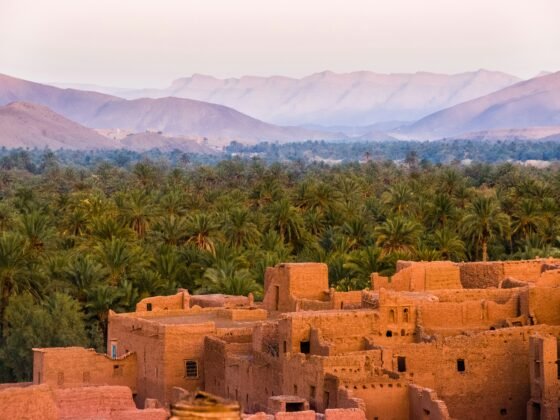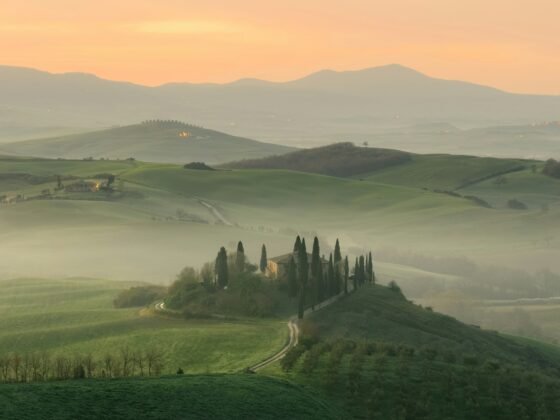When is the best time to visit tiger reserves in India? The experience can vary dramatically depending on the season. October offers lush greenery and incredible birdlife, while the peak heat of May gives visitors the best chance to see tigers in India as they gather at shrinking waterholes. Understanding when to go on a tiger safari in India – and what to expect – can make the difference between a good safari and a truly exceptional one.
When Do India’s Tiger Reserves Open?
Most tiger safari destinations in India close during the monsoon (July to September) to allow the forest to regenerate and to maintain safari trails during heavy rains. They begin reopening through October and November, although exact dates vary by state, park, and even individual zones.
- Jim Corbett National Park, for instance, is one of the last to fully reopen, with all zones accessible only by mid-November.
Weekly closures are also common – parks in Rajasthan (Sariska and Ranthambhore) close every Wednesday, while Madhya Pradesh reserves close only on Wednesday afternoons. Hindu festivals and holy days (such as those dedicated to Lord Hanuman) can also affect safari schedules and gate traffic.
Tip: A reputable operator will design your itinerary around these factors, ensuring you get the best tiger safari experience .
Best Time to Go on Tiger Safari
October to December – Bird-Filled Forests

The post-monsoon season offers pleasant weather and largely clear skies but is not the easiest time for tiger sightings. A naturalist in Ranthambhore explained that after the monsoon, when guides haven’t entered the core zones for months, the forest changes: scent marks are washed away, tiger territories may shift, and it can take weeks to readjust to new patterns of movement.
Still, post-monsoon safaris are strikingly beautiful. The forest is lush and photogenic, with mist rising over Kanha’s meadows and Satpura’s sal forests, creating an atmospheric backdrop.

This is an excellent time for birders and forest enthusiasts:
- Migratory species arrive in India.
- Raptors such as crested serpent eagles and hawk-eagles are frequently spotted.
- Wetland birds and storks gather at seasonal pools, which are full and thrivng with life after the rains.
If you enjoy fewer crowds, more comfortable weather, diverse experiences like walking and boating, or wish to combine wildlife with culture, then this season has a lot to offer.
December to February – Winter Chill

Winter brings cool, crisp mornings and, in some parks, foggy starts (particularly in January). While early-morning fog may reduce visibility, it usually clears by mid-morning, providing ideal light for photography.
Travel Tip: Early-morning temperatures can dip to single digits, so bring layers for open jeep safaris. The undergrowth is receding all the time, wildlife activity remains good, birdlife thrives, and this season is also popular for combining wildlife and cultural tours of India thanks to its comfortable climate.
March to April – Transition Season & Sloth Bears

As temperatures climb and vegetation continues to thin, visibility in the forest improves significantly.
From April onwards, many natural waterholes start to dry up, making maintained water sources vital for wildlife. Sightings at water bodies become more and more likely.
This is a great time for seeing tigers, leopards, and wild dogs (dholes). Another highlight is the mahua trees in bloom. In Satpura and Kanha for instance, sloth bears emerge to feast on the sweet blossoms – a memorable encounter for those who time it just right.
Elephants, which are highly dependent on water, are also more easily seen during this season at destinations like Jim Corbett.
May to June – Peak Tiger Sightings

If your goal is to see big cats, late May and June are widely regarded as the best time for tiger sightings in India. As temperatures soar above 40°C, wildlife is forced to congregate around permanent or man-made waterholes, creating some of the most dramatic viewing opportunities of the year.
In Bandhavgarh and Kanha, tiger sightings peak around water sources. Wildlife remains more widely dispersed in places like Satpura, which has plentiful permanent water. Parks are quieter due to the ferocious heat, offering a more exclusive safari experience.
Travel Tip: Open vehicles, fierce sun and dusty conditions can be challenging. Cover cameras, wear light layers, and schedule early-morning or evening drives for the most comfortable and rewarding experience.
Seasonal Highlights by Reserve
Here are just a few of India’s tiger reserves and their seasonal highlights:
- Kanha: Famous for open meadows, sal forests, and barasingha (swamp deer). Best tiger sightings: March–June.
- Bandhavgarh: Smaller core zones and a high density of tigers; great year-round but especially good in summer.
- Pench: Excellent for birdlife and wild dogs, particularly in March–April.
- Satpura: Known for walking safaris, canoe/boat trips on the Denwa River, and sloth bear sightings during mahua bloom.
- Sariska: Famous for leopards, birdlife in the cooler winter months and a great combination of wildlife, cultural sights such as Neelkanth, and insight to rural India.
- Corbett: Best for elephants and birdlife in winter and spring, with tiger sightings improving from March onwards.
Planning Your Tiger Safari in India
- Check Park Closures: Weekly rest days and local festivals can impact access.
- Book Safari Permits Early: Core-zone permits for top parks like Kanha and Bandhavgarh open 120 days in advance.
- Mix Core and Buffer Zones: Buffer zones often provide unique activities, like night drives in Satpura.
- Combine Reserves: Itineraries like Pench + Kanha + Satpura offer varied landscapes and wildlife encounters.
- Travel with Responsible Operators: Choose guides who understand seasonal wildlife patterns and prioritise ethical viewing practices.
Conclusion: When is the Best Time for Tiger Safaris in India?
There’s no single “best” time – each season has its rewards. Winter offers bird-filled forests and mild weather, spring delivers sloth bears and mixed sightings, and summer provides the ultimate chance to see tigers and elephants around shrinking waterholes.
By choosing the right parks and timing your visit carefully, you’ll enjoy a responsible and unforgettable Indian safari experience.












